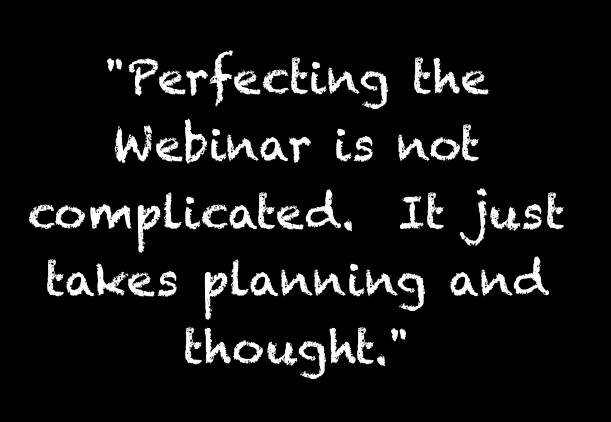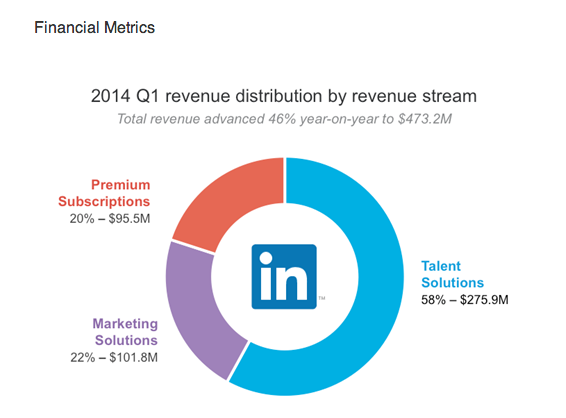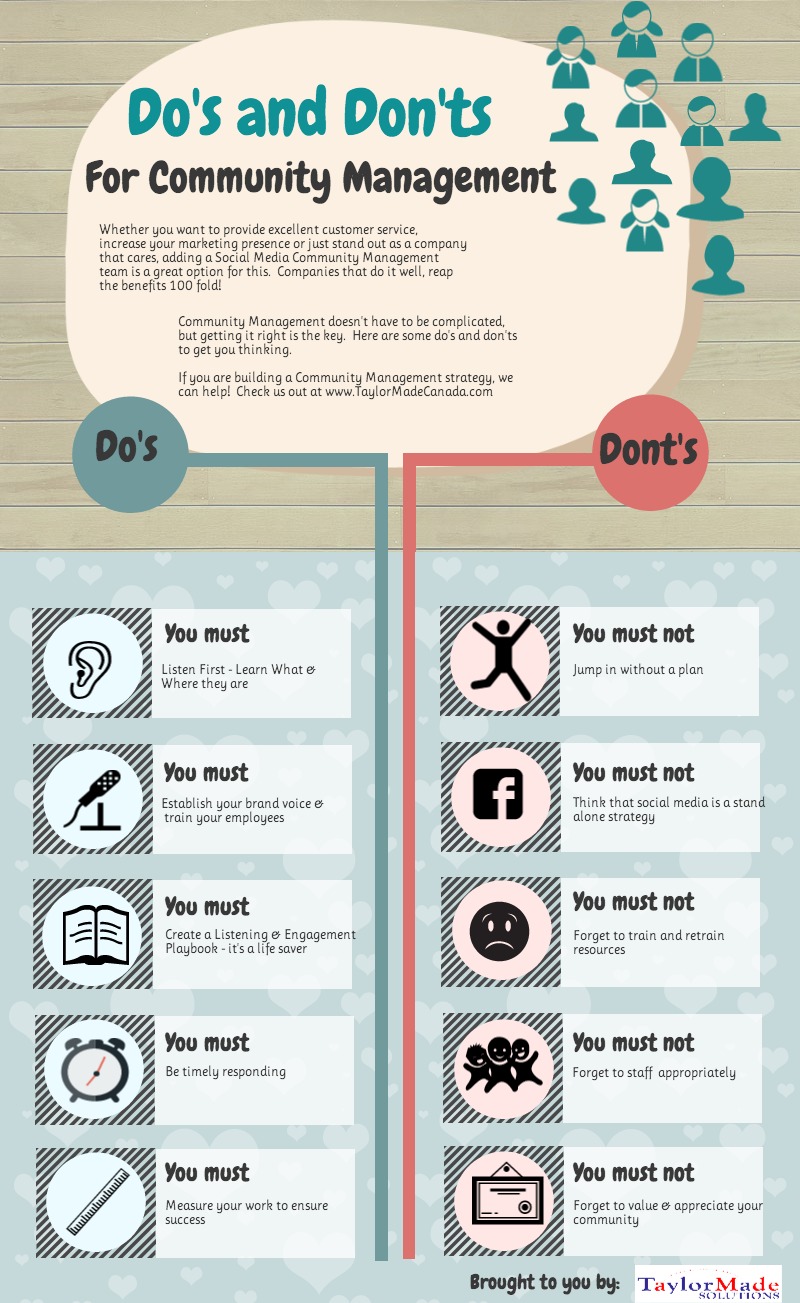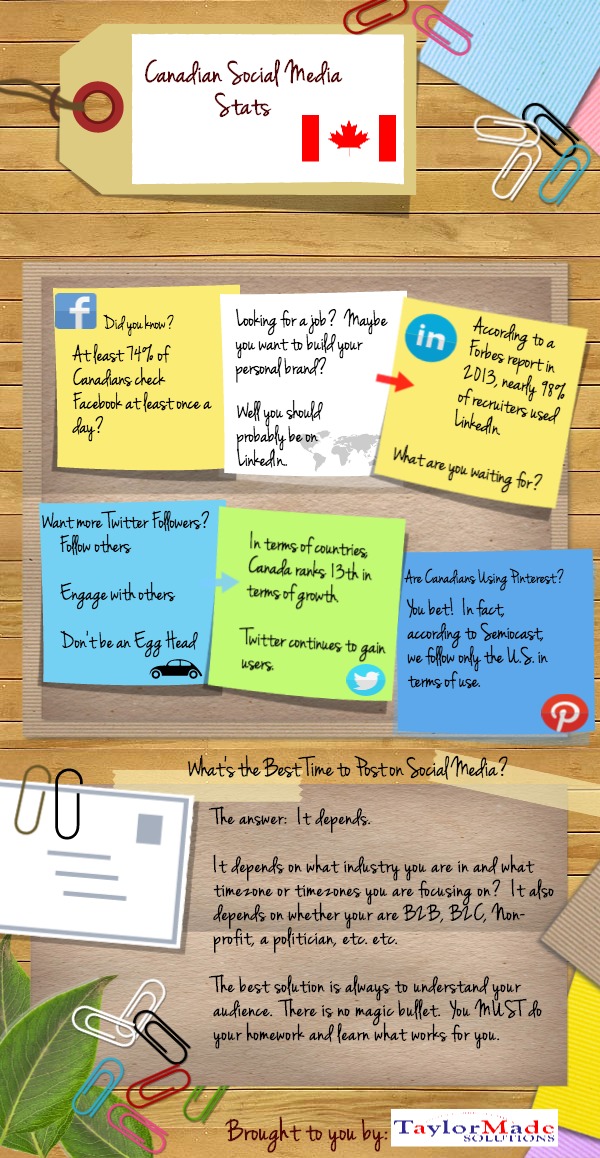As a part of my day-to-day, I regularly participate in webinars both as a registrant, and on occasion, I also get to be a presenter. A well thought out webinar can be an invaluable tool for participants. It can provide insightful information that is immediately executable. It is also a great tool for companies to build and maintain trust with their prospects and community. So, to make a webinar memorable, here are 10 tips to execute a perfect webinar.
1. Technology
Get your technology figured out first. You might end up with the greatest line-up of speakers, but if your technology doesn’t work, you not only frustrate your speakers, you frustrate your audience. If you are delayed in starting or can’t loop in your speaker, you are effectively eroding the trust and creditability you have built. Additionally, if your audio is so horrible that your participants can’t really hear what is being said, you will lose people and likely not get them back.
Be sure to have a testing process in place. Even after you have your technology down pat, include a test time with each of your presenters. Run through how it will work. This is not for you, but for your presenter. It will help that person or persons feel more comfortable with expectations and clarify any miscommunications.
From experience I can tell you that if you don’t have this perfect, you will lose people. I sat in on a webinar just this week and abandoned it only 3 minutes in. The audio was so poor that it was painful to listen.
2. Audience
Any good marketing person is going to speak to you about your audience. Before you can do anything to communicate your brand, your offering, your value, you need to know and understand your audience. If you don’t know who you are speaking to, how can you help?
3. Content
You have likely heard this before, but it bears repeating. Develop and have a content calendar. Develop themes for your content and find different and interesting ways to deliver it to your audience. A webinar should be only one aspect.
4. A Plan
Jumping into webinars are not a good idea even if you have already executed 1-3. You still need a plan. Who will moderate? Who will find your presenters? Do you have guidelines for your presenters? How will you communicate your webinar? What is your follow-up plan? What is your social plan? These are just some things that you need to consider.
5. Presenters
Be sure to select presenters that are not only experts in their field, but also comfortable speaking publicly as well as through a webinar format. People that are usually good public speakers are usually very good at doing webinars too. You want someone who uses his or her voice well – in other words has good inflection. Your presenters should also be selected based on the ability to connect with others. If you attended a session and a speaker only talked about himself or thought he was the funniest guy on the planet, chances are your audience will feel the same.
Also be certain that your presenters aren’t going to read from as script or from their presentation. Aside from being absolutely boring, it is very obvious when someone is reading – even when you can’t see him or her.
That webinar I abandoned earlier this week had at least one person who was clearly reading a script. Based on the caliber of the company hosting the webinar and all of the presenters, this was a let down.
6. Promotion
Be sure to have a clear communications plan in place for your promotion of each webinar. What channels will you use? When will you start to promote each webinar? How easy is it for people to register? What is the hashtag that will be used? What is the headline to be used to entice people? How will you share the bios of the presenters? Will you record the webinar and share it afterwards? If so, where and when?
7. Social Media Community Team
Always have your social media community team prepped and lined up for the event. Ensure that they are able to listen to the channels and respond appropriately. Someone should also be in charge of collecting questions and ensuring that the presenter gets them in a timely fashion. As a part of the planning stages, it should be discussed with the presenter if questions will be held until the end or addressed as they come in? Should some be grouped, etc.
There should also be one person dedicated to issues.
If you don’t have a social media community team, that is ok. However, be sure to recruit people from your department, office or volunteers to assist in these tasks. Regardless of who you use, run through the process, cover off expectations and address what-if scenarios.
8. The Main Event
Be sure to start your webinar on time. Introduce your guests, topic and lay out the house keeping items like hashtags, how questions will be handled, etc.
9. Back-up Plan
Like my Girl Scout Leader always said: Be Prepared. Always expect the best, but plan and prepare for the worst. Think about what could go wrong and have a Plan B to address it. Hopefully you will never need to execute on Plan B, but if you do…you will have it covered.
10. Next Event Promotion and Close Out
Phew, you are now at the end of your webinar and it went swimmingly! Be sure to thank everyone for attending, including your guest. If you planned a contest or draw associated with the webinar remember to take care of that. Be sure to let people know where to find the recording of the webinar if one was made and if there will be a summary posted to your blog. Finally be sure to promote the date, time, theme and presenter for your next webinar.
Want to learn even more? Sign up for our newsletter at TaylorMade Solutions (insert “newsletter” into inquiry box)











